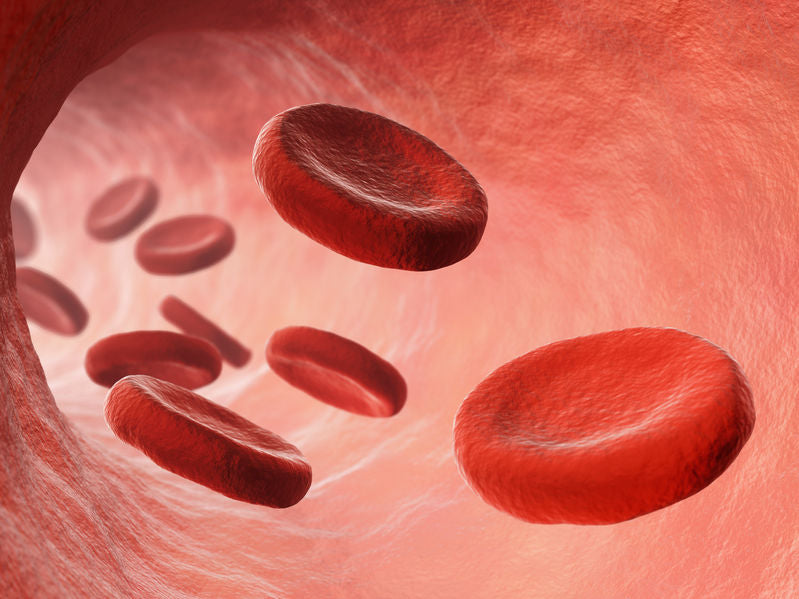Bloodborne pathogens are types of infectious microorganisms in human blood that can spread and cause disease to other humans. There are a number of bloodborne pathogens, but some of the most common include human immunodeficiency virus (HIV), hepatitis B, and hepatitis C. The most common way to spread bloodborne pathogens in the United States is by a needlestick, such as sharing needles for recreational drug use or unsanitary tattooing. It is also possible to accidentally prick yourself with a used needle, for example, while taking out the trash or picking up litter.
First responders, cleaning crews, and others whose professions regularly expose them to needles are inherently at a higher risk of contracting bloodborne pathogens. Healthcare personnel are also at an increased risk of exposure. If you are pricked by a needle or otherwise “mix” your blood with another’s, the first thing to do is immediately flush the area with water. Clean the area with soap and warm water, followed by a skin disinfectant. Next, immediately seek medical attention. If this occurs at work or while performing a job-related duty, you should also report the incident to your supervisor soon after you are treated by a professional.
Minimize Exposure
The best way to minimize your exposure is to either eliminate or reduce any hazards of bloodborne pathogens. Having strict employee protection measures in place should be a top concern for any employer, but particularly those who are already working in high-risk fields. Such a plan should include having nitrile gloves, personal protective clothing and equipment (PPE) on-site, fluid control solidifier, or a bodily fluid disposal kit. Other things to do are ongoing employee training, best practices, medical surveillance, and in some cases requiring certain vaccinations (such as hepatitis B) for at-risk employees.
Understanding the common symptoms of bloodborne pathogens is also important but bear in mind that these symptoms can vary person to person. However, some common symptoms include jaundice of the skin and eyes, nausea, abdominal pain, vomiting, severe fatigue, loss of appetite, and dark urine. Only a medical professional can diagnose bloodborne pathogens.
Safety Measures
One of the most important parts of a safety plan that minimizes the spread of bloodborne pathogens is having a strategy to safely collect and dispose of used needles while ensuring a new needle is used for every patient or client. This strategy should be clearly delineated in the safe work best practices manual and revisited on a regular basis. Having the right equipment, including PPE gear and toxic product bins, can do a lot to keep your employees, clients, and patients safe.
It does not take much for bloodborne pathogens to spread, and even a small stick from a used needle can spread these dangerous microorganisms. As an employer (or a self-employed person) it is your responsibility to put safety first. Fortunately, there are tools and materials readily available to help you achieve this. Contact Shield-Safety today or shop online to ensure you have everything you need to create and keep a safe and secure workplace.
